
17-4PH Martensitic Stainless Steel Sheets
17-4PH martensitic stainless steel sheets combine high strength, hardness (up to 572°F / 300°C), and corrosion resistance. 17-4PH should not be used at temperatures above 572°F (300°C) or at very low temperatures.
17-4PH Grade is a chromium-copper precipitation hardening martensitic stainless steel with Cu and Nb/Cb additions. 17-4PH martensitic stainless steel sheets combine high strength, hardness (up to 572°F / 300°C), and corrosion resistance. 17-4PH should not be used at temperatures above 572°F (300°C) or at very low temperatures. It has adequate resistance to atmospheric corrosion or in diluted acids or salts where its corrosion resistance is equivalent to Alloy 304 or 430.

17-4 Precipitation Hardening also known as Type 630 is a chromium-copper precipitation hardening stainless steel used for applications requiring high strength and a moderate level of corrosion resistance. High strength is maintained to approximately 600 degrees Fahrenheit (316 degrees Celsius).
17-4PH martensitic stainless steel plates are suitalble for applications requiring high strength and a moderate level of corrosion resistance. High strength is maintained to approximately 600 degrees Fahrenheit (316 degrees Celsius). 17-4PH stainless steel mechanical properties can be optimized with heat treatment. Very high yield strength up to 1100-1300 MPa (160-190 ksi) can be achieved.
17-4PH martensitic stainless steel sheets withstands corrosive attacks better than any of the standard hardenable stainless steels and is comparable to SS 304 in most media. It is corrosion resistant in some chemical, petroleum, paper, dairy and food processing industries (equivalent to 304L grade). The alloy is subject to crevice or pitting attack if exposed to stagnant seawater for any length of time.
17-4PH Martensitic Stainless Steel Types:
Plates
Sheets
Strips
Pipes
stainless steel processing
The manufacture of stainless steel involves a series of processes. First, the steel is melted, and then it is cast into solid form. After various forming steps, the steel is heat treated and then cleaned and polished to give it the desired finish. Next, it is packaged and sent to manufacturers, who weld and join the steel to produce the desired shapes.
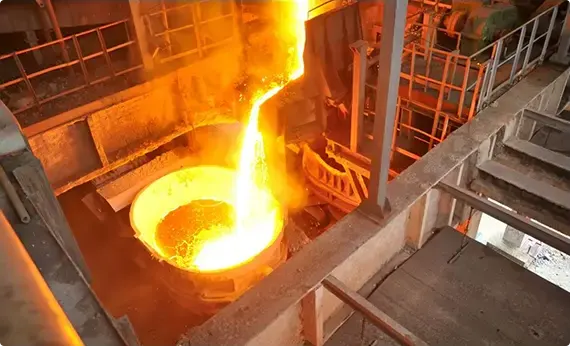
Melting and Casting
The raw materials that constitute a stainless steel item are placed together and melted in a giant electric furnace. Intense heat is applied rigorously for a period of 8 to 12 hours during this step. Once the melting is complete, the molten steel is cast into desired semi-finished forms. Some of the most common forms or shapes include slabs, blooms (rectangular shapes), billets (these could either be round or square), rods, and tube rounds.

Forming
In the second stage, the semi-finished steel shapes undergo a series of forming operations. For instance, the stainless steel is hot rolled (heated and passed through enormous rolls). The blooms and billets mentioned above are converted to bar and wire. The slabs on the other hand are formed into plates, strips or sheets. It is very common to turn semi-finished steel shapes into bars, as it is the most versatile stainless steel form (it comes in all grades and sizes). You have round, square, octagonal, and hexagonal bars, each suitable for a different type of application.
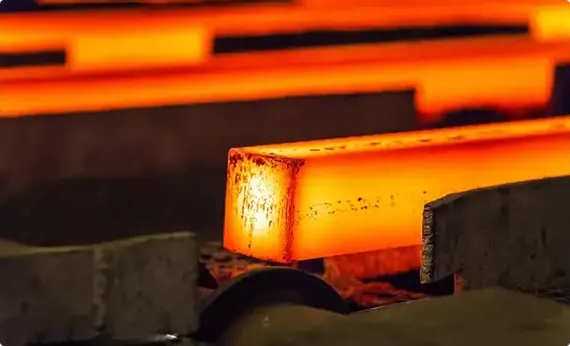
Heat Treatment
The various stainless steel forms undergo a thorough annealing process during this step. Annealing is another name for heat treatment where the stainless steel is heated and cooled in a controlled environment. The purpose of this heat treatment is to relieve the pent-up stress inside the stainless steel and soften the material to make it more suitable for a wide variety of applications. The people in charge of carrying out the annealing process have to be very careful about the conditions as even the slightest of changes in the temperature, pressure, duration, or cooling rate could result in a faulty product.
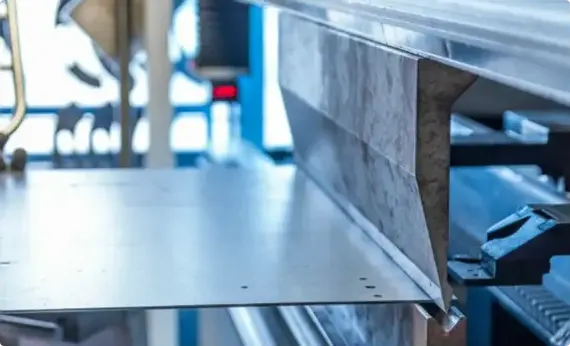
Descaling
During the annealing process, a certain amount of scale appears on the surface of the stainless steel. This scale can be removed using a number of different processes that are collectively known as descaling. Pickling is one of the more common methods of carrying out the descaling process.
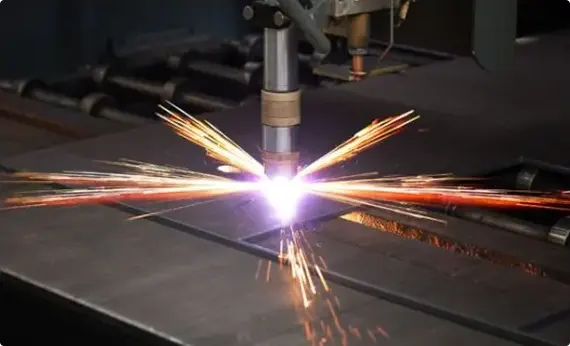
Cutting
The semi-finished, heat-treated, and descaled stainless steel forms are cut into specific shapes in this step. Mechanical cutting is performed with the aid of guillotine knives, blanking, nibbling, and high-speed blades.
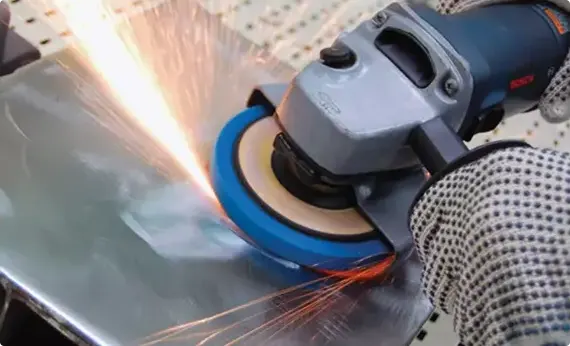
Finishing
Finishing is applied to help the stainless steel product achieve its signature aesthetically appealing appearance. Finishes are also needed to make the stainless steel product smooth and easier to clean, which is a top requirement in sanitary applications.
